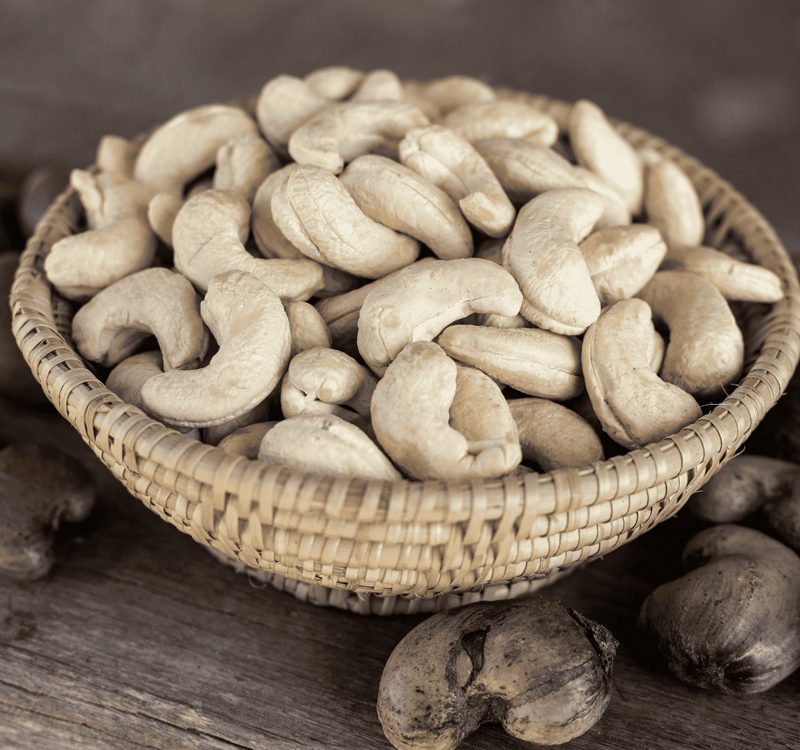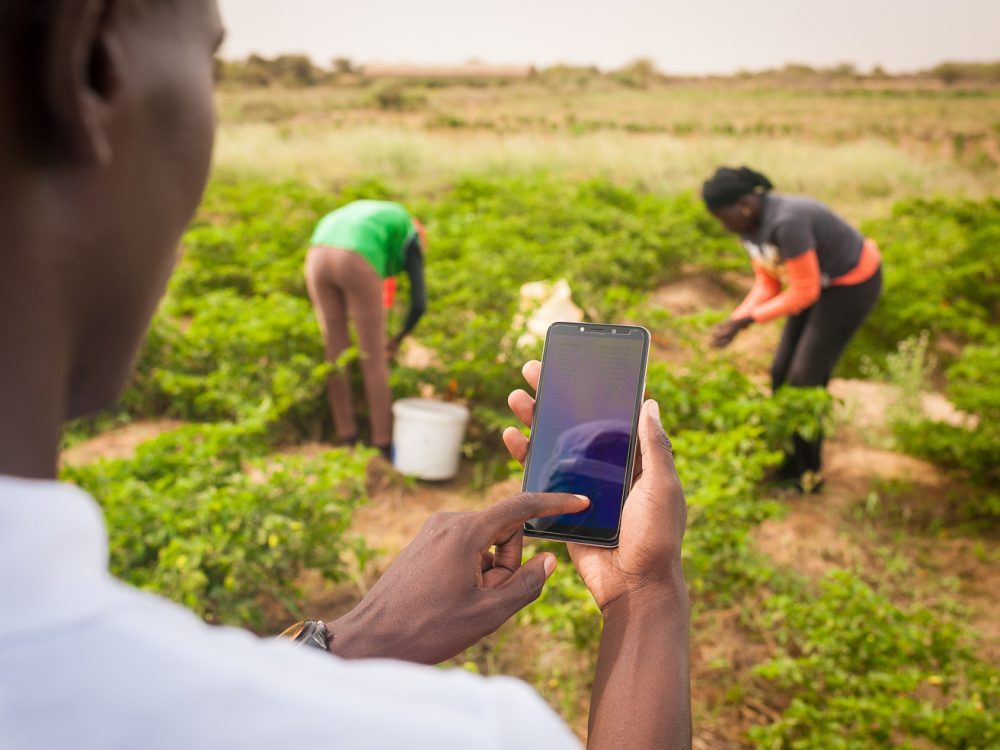Making the publish once dream a reality
This week, the International Aid Transparency Initiative Technical Advisory Group (IATI TAG) is gathering in Tanzania to discuss how we can take the initiative to the next level.
I previously wrote about how to make IATI data useful, usable, and put to use by agriculture specialists. One of the other user groups to consider are the publishing organizations themselves. A key goal of IATI is to reduce time spent reporting on aid activities: organizations publish once, and re-use this information repeatedly for reporting. To help realize this goal, DG developed an IATI-AIMS import tool, and worked with four countries (Senegal, Madagascar, Cote d’Ivoire, and Chad) to import IATI data into their Aid Management Platforms (AMPs). The outcome showed that we can — and should — join up these data. Almost $500,000,000 in “missing” disbursements was added to the country systems by using IATI data — and we know more can be possible.
But how? Feedback from country government colleagues showed that a single, week-long training and support isn’t enough to sustain IATI data use. Staff still felt they lacked the technical skills and capacity to do the data quality assessment, cleaning, and prep work needed to import IATI data. For publishers who are already reporting to the local Aid Information Management System (AIMS), the level of technical skills needed is even higher.
Over the coming year, we’ll be tackling this challenge. DG, in partnership with Development Initiatives and UNICEF, will embed Aid Management Fellows in Senegal and Madagascar to support the use of IATI data in country systems. The fellows will work with government ministries to strengthen technical capacity in order to prepare and import UNICEF IATI data into their AMPs. Findings from this program, and similar work done by UNDP Bangladesh, will feed into an open “how-to” guide on preparing and using IATI data for AIMS.
We hope this step will reduce the reporting burden placed on already time strapped country officers and strengthen government staff’s comfort in using IATI data, freeing them to focus more effort on planning and implementing effective development. We look forward to learning more about using IATI in country systems, and will be sharing what we and our partners learn throughout the process.
Share This Post
Related from our library

Introducing The HackCorruption Civic Tech Tools Repository
Introducing the Civic Tech Tools Repository: an open-source hub of digital solutions to fight corruption. Designed for growth through GitHub contributions, it brings together tools, code, and resources across six key areas for HackCorruption teams and beyond.

Building a Sustainable Cashew Sector in West Africa Through Data and Collaboration
Cashew-IN project came to an end in August 2024 after four years of working with government agencies, producers, traders, processors, and development partners in the five implementing countries to co-create an online tool aimed to inform, support, promote, and strengthen Africa’s cashew industry. This blog outlines some of the key project highlights, including some of the challenges we faced, lessons learned, success stories, and identified opportunities for a more competitive cashew sector in West Africa.

Digital Transformation for Public Value: Development Gateway’s Insights from Agriculture & Open Contracting
In today’s fast-evolving world, governments and public organizations are under more pressure than ever before to deliver efficient, transparent services that align with public expectations. In this blog, we delve into the key concepts behind digital transformation and how it can enhance public value by promoting transparency, informing policy, and supporting evidence-based decision-making.